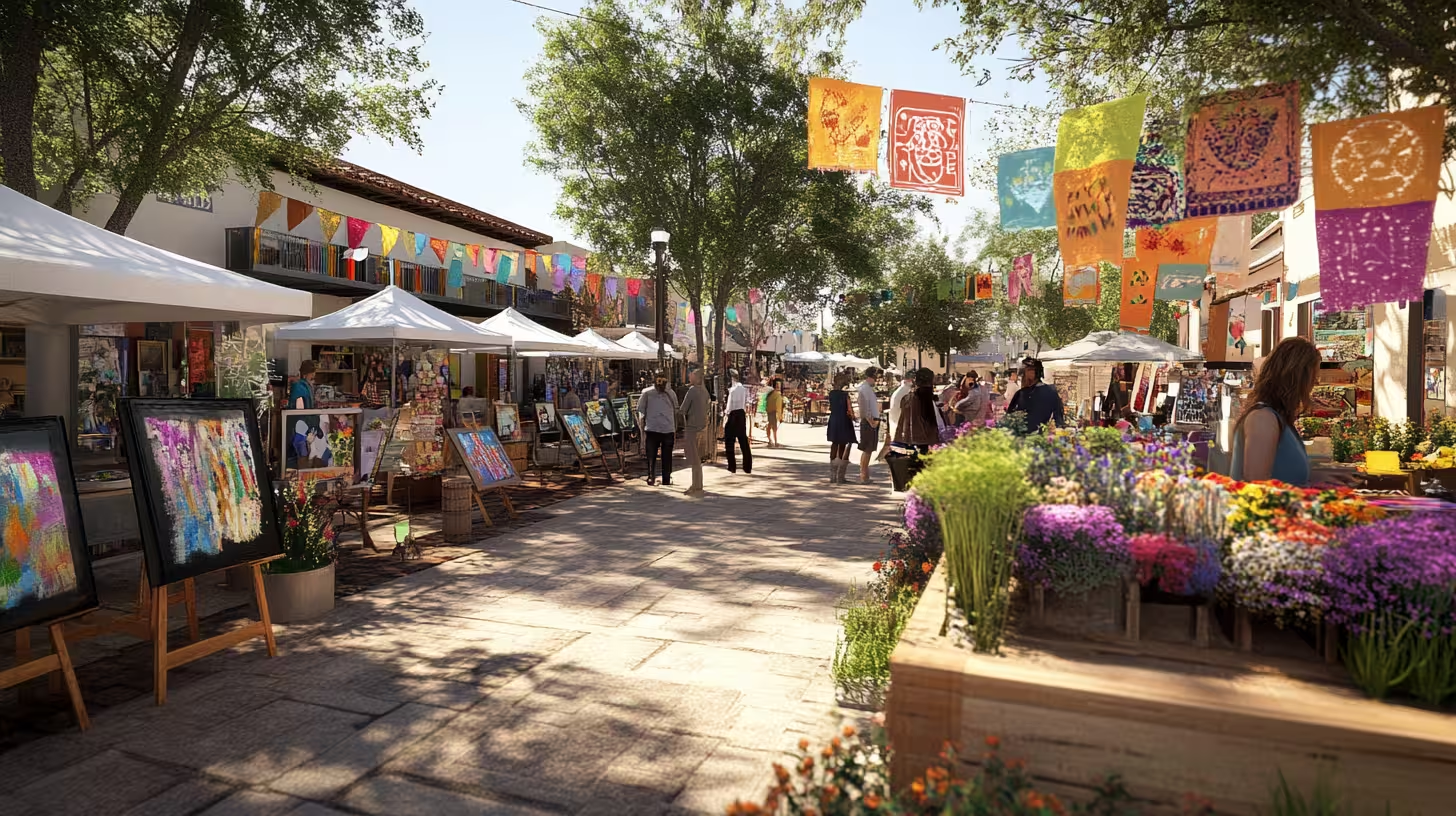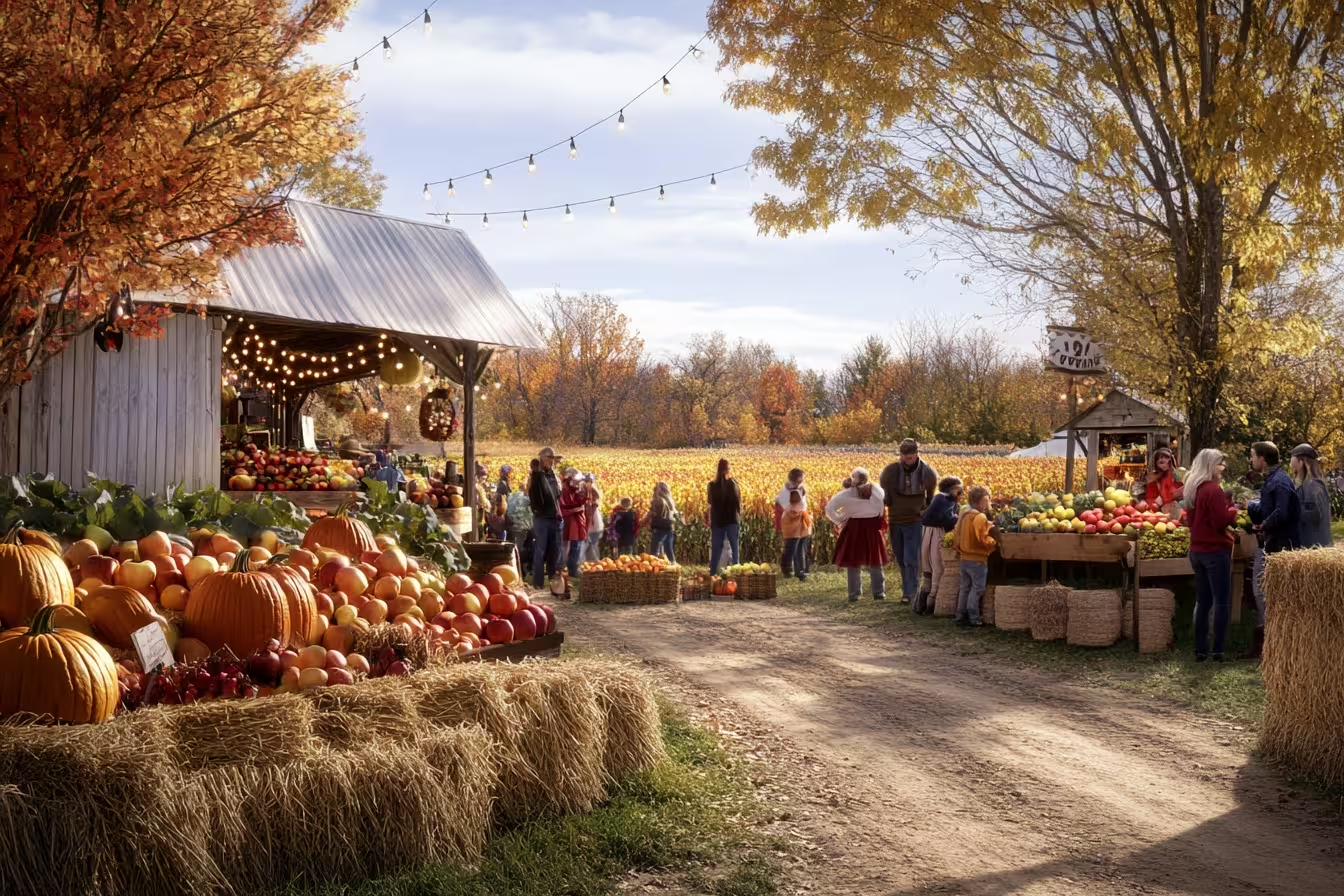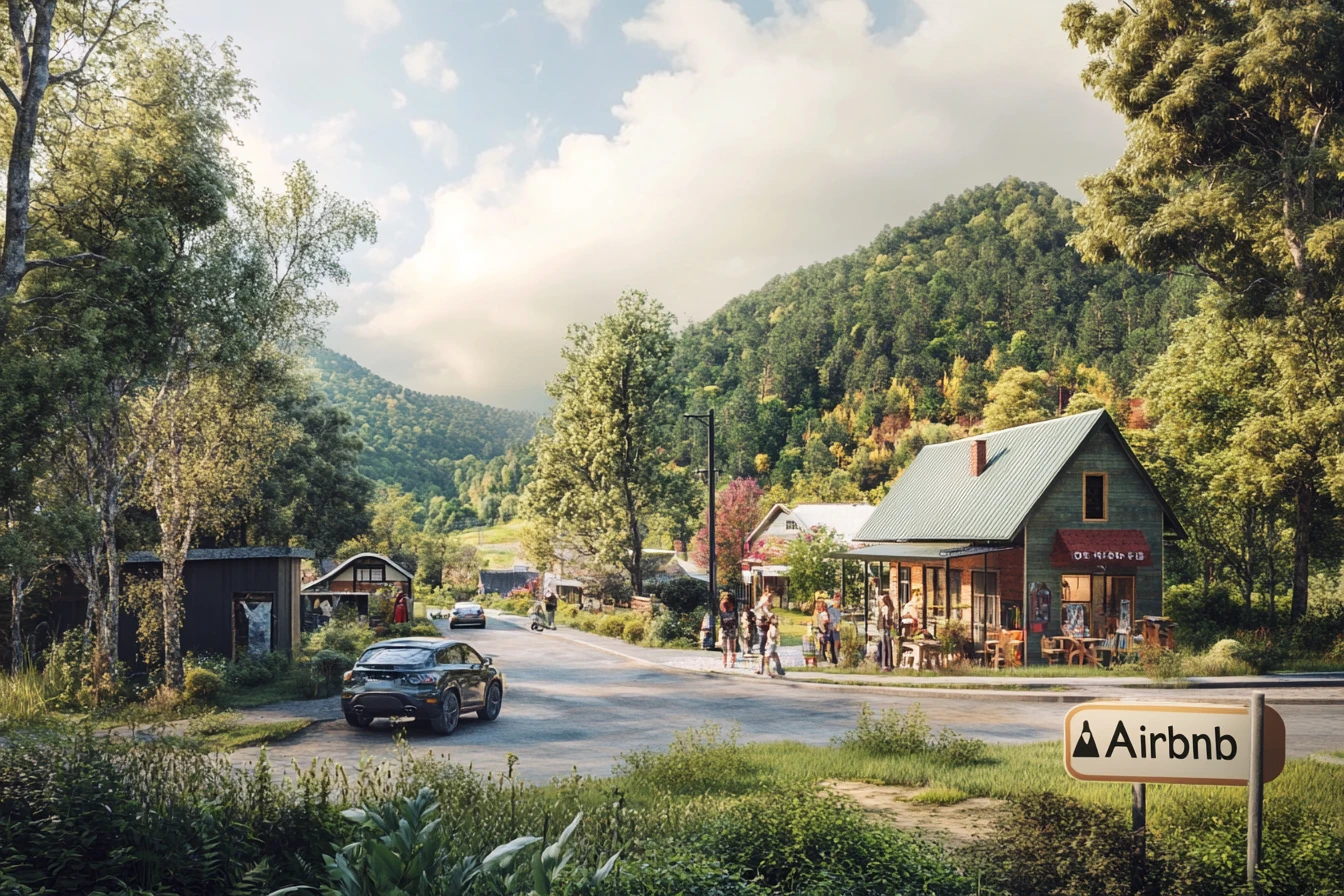Implementing arts-driven community and economic development to improve the places we live and love. Seasonal arts and culture ideas can be powerful drivers of economic growth in communities large and small, creating jobs, boosting tourism, and fostering local engagement. For community planners and economic developers, these initiatives act as valuable “cultural anchors,” stabilizing local economies […]
Holiday Markets Bring Festive Spirit to City Spaces this Autumn
In city centers, fairgrounds, and events centers across America, holiday markets, autumn boutiques, and seasonal activities bring communities together and infuse neighborhoods with vibrant, festive spirit. From cider mills to arts and crafts markets, these attractions offer city residents and visitors alike a chance to experience a slice of rural charm within an urban setting. […]
Veterans Day–the 11th hour of the 11th day of the 11th month
As the clock chimed eleven times, on the 11th of November, in the year of our Lord 1918, the Allied nations and Germany set into effect an armistice, or temporary cessation of hostilities, effectively ending the First World War. A year later, the President of the United Stated proclaimed November 11 as the first commemoration […]
Save Your Small Town: A Guide
Planners like to plan, and economic developers like to develop, but at the end of the day it’s about what we do to implement the plan that gets things done. Becky McCray and Deb Brown are practical people from small towns who are not planners—they are do-ers. Their mission is to help people get things […]
How Agritainment Strengthens Community Bonds and Drives Local Growth
Agritainment—a fusion of agriculture and entertainment—has quickly become a popular approach to enliven both rural and urban-edge environments. Attractions like corn mazes, pumpkin patches, u-pick fields, apple orchards, and even craft wineries, breweries, and distilleries offer families, friends, and tourists a refreshing escape from the urban routine. Here’s why urban planners should embrace this trend […]
Gunfight at the O.K. Corral
Wednesday 26 October 1881, is said to have been a chilly day at Tombstone, at an elevation of 4,500 feet in Arizona Territory. By this time, the mining town had a population of over 3,000 residents and hosted 110 saloons, 14 gambling halls, and untold houses of ill-repute. Deputy US Marshal Virgil Earp, his brothers […]
The Diary of Pvt. Orrin Brown: A Civil War Odyssey
Ten Years ago, I followed the journey of my 3rd great-grandfather Orrin Brown (1836-1909) as documented in his Civil War diary and passed down through the generations of the Pugh and Brown family. He mustered into the service on 3 October 1864. In case you missed it, here is where I began. As best we […]
Balancing Impacts of Short-Term Rentals on Rural America: Opportunities and Challenges
The Impact of Short-Term Rentals like Airbnb on Rural America: Opportunities and Challenges Over the past decade, short-term rental platforms such as Airbnb have overturned the travel and accommodation industry, providing tourists with unique stays in local homes rather than traditional hotels. While much of the conversation around short-term rentals has focused on urban markets, […]
The Lesser Evil: 2024 Edition
The “Bad Emperor” Problem “An authoritarian system can move much more quickly and decisively than a democratic one, but its success is ultimately dependent on having a continuing supply of good leaders—good not just in a technocratic sense but in their commitment to shared public goals rather than self-enrichment or personal power.” —Francis Fukuyama, Political […]
Remarkable Challenges of Aging in Rural America: Planning for a Supportive Future
Aging in Rural America – As the population of rural America continues to age, planning for elder care has become a critical issue. While rural life is often celebrated for its close-knit communities and quiet, pastoral landscapes, it also presents significant challenges when it comes to providing care for an aging population. From access to […]













